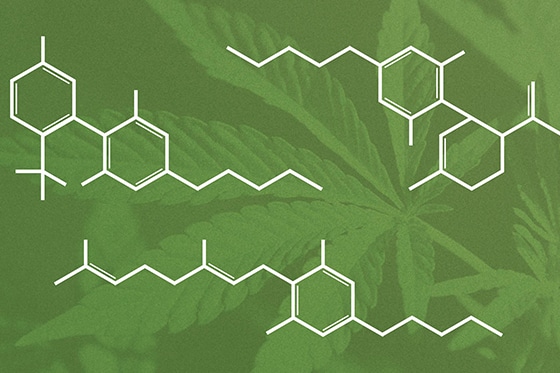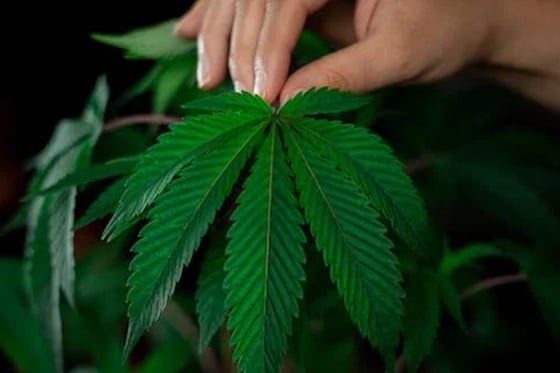
The cannabis sativa/hemp plant contains more than 100 cannabinoids, but here we will focus on the twelve most commonly found ones. These cannabinoids can have a range of potential effects on the body, including pain relief, anti-inflammatory, anti-epileptic, and even psychoactive effects.
The production of cannabinoid extractions can vary depending on the plant used and the extraction process employed. Some plants may have higher concentrations of certain cannabinoids than others, and different extraction methods can yield different results. With that in mind, here are the most abundant cannabinoids found in cannabis/hemp.
- THC (tetrahydrocannabinol): THC is the most well-known cannabinoid and is responsible for the plant’s psychoactive effects. THC binds to cannabinoid receptors in the brain and is known for its pain relief, relaxation, and euphoria-inducing properties.
- CBD (cannabidiol): CBD is a non-psychoactive cannabinoid that has gained popularity for its potential therapeutic effects. It has been shown to have anti-inflammatory, analgesic, and anxiolytic properties. CBD is thought to modulate the effects of THC and can reduce its psychoactive effects.
- CBG (cannabigerol): CBG is a non-psychoactive cannabinoid that is found in small amounts in the plant. It has been shown to have potential antibacterial and anti-inflammatory effects.
- CBC (cannabichromene): CBC is a non-psychoactive cannabinoid that has been shown to have potential anti-inflammatory and analgesic effects.
- CBN (cannabinol): CBN is a mildly psychoactive cannabinoid that is formed from the degradation of THC. It has been shown to have potential sedative effects and may have antibacterial and anti-inflammatory properties.
- THCV (tetrahydrocannabivarin): THCV is a psychoactive cannabinoid that is found in small amounts in the plant. It has been shown to have potential appetite-suppressing and anti-convulsant properties.
- CBDV (cannabidivarin): CBDV is a non-psychoactive cannabinoid that is structurally similar to CBD. It has been shown to have potential anti-epileptic effects.
- Delta-8-THC (delta-8-tetrahydrocannabinol): Delta-8-THC is a psychoactive cannabinoid that is similar to THC but is less potent. It has been shown to have potential pain-relieving and anti-nausea effects.
- CBDA (cannabidiolic acid): CBDA is the acidic precursor to CBD and is found in raw cannabis/hemp. It has been shown to have potential anti-inflammatory and anti-nausea effects.
- THCA (tetrahydrocannabinolic acid): THCA is the acidic precursor to THC and is found in raw cannabis/hemp. It has been shown to have potential anti-inflammatory and neuroprotective effects.
- Anandamide: Anandamide is sometimes called the “bliss molecule” because it is produced in the body during exercise and has been shown to have potential mood-enhancing effects. It has also been implicated in pain relief and appetite regulation.
- 2-Arachidonoylglycerol (2-AG): 2-AG is the most abundant endocannabinoid in the body and is involved in a variety of physiological processes, including pain sensation, immune response, and neuroprotection.
It’s worth noting that the research into the potential effects of these cannabinoids is still ongoing, and much of the evidence is currently based on preclinical studies. Furthermore, the effects of these cannabinoids can vary depending on the individual and the dose consumed.












